Ultrasonic Technology is non-invasive, meaning it does not require the insertion of instruments or devices into the body, making it a safer and more patient-friendly option in many cases.ultrasonic technology also has some limitations, such as reduced penetration through bone and air-filled structures, which can hinder its effectiveness in certain situations.
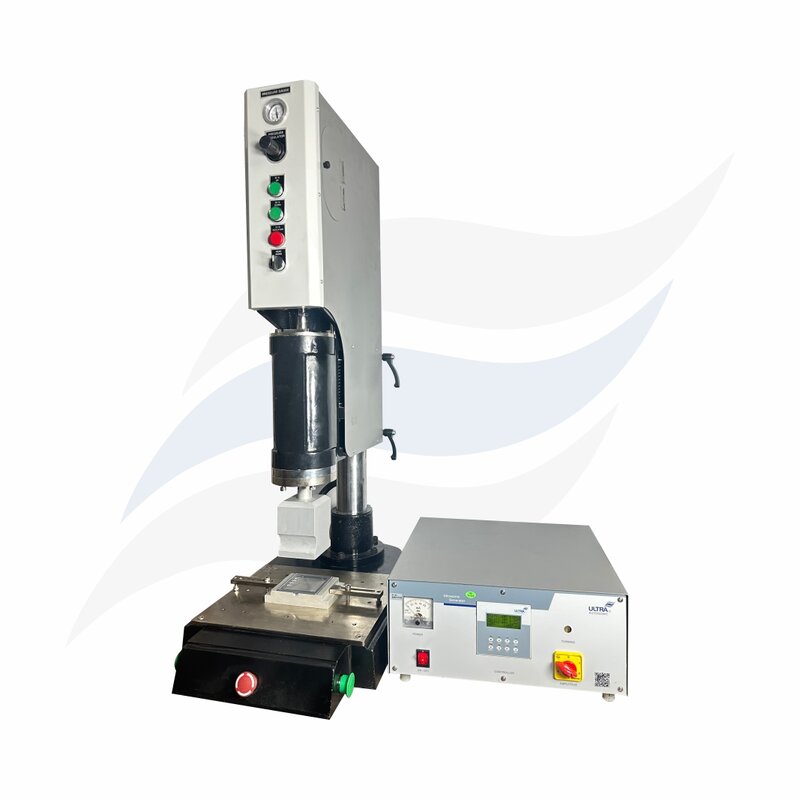
Ultrasonic plastic welding is commonly employed in the production of various medical devices such as blood filters, catheters, syringes, IV sets, respiratory masks, and surgical instruments. It allows for the secure bonding of plastic components, ensuring their integrity and functionality.
Ultrasonic welding is utilized in the assembly of drug delivery devices like inhalers, insulin pens, and auto-injectors. These devices often consist of plastic components that need to be securely joined to maintain their sterility and ensure proper drug administration.
The medical and pharmaceutical industry requires stringent packaging standards to ensure product safety and integrity. Ultrasonic welding is used for sealing plastic packaging materials, such as blister packs, vials, ampoules, and other containers, to prevent contamination and extend shelf life.
Ultrasonic welding plays a crucial role in manufacturing laboratory equipment such as test tubes, sample cups, pipettes, and microplates. It enables the production of leak-proof and robust plastic components essential for accurate testing and analysis.
Ultrasonic welding is utilized in the assembly of diagnostic devices like ultrasound transducers and test strip cartridges. These devices often involve the bonding of delicate plastic components that require precise and reliable joining techniques.
Many surgical instruments and tools are composed of plastic components that need to be securely bonded. Ultrasonic welding is used to assemble surgical equipment, including forceps, scalpels, retractors, and various other disposable and reusable instruments.
Ultrasonic welding is applied in the manufacturing of implantable medical devices, such as pacemakers, cochlear implants, and orthopedic implants. These devices often incorporate plastic components that need to be permanently and securely joined to ensure long-term functionality.

Ultrasonic fabric sealing is widely used in the production of surgical gowns and drapes. It allows for the creation of strong and leak-proof seams, ensuring the integrity of the protective barrier. This is crucial in maintaining a sterile environment during surgical procedures.
Medical personnel often require protective apparel such as aprons, lab coats, and coveralls. Ultrasonic fabric sealing is utilized to join different layers of fabric, creating durable and liquid-resistant protective garments.
With the increased emphasis on infection control, the demand for face masks has surged. Ultrasonic fabric sealing is commonly employed to bond the different layers of fabric in face masks, ensuring proper filtration efficiency and reducing the risk of particle penetration.
Ultrasonic sealing is utilized in the production of wound dressings and bandages. It enables the creation of sealed edges, preventing fraying and maintaining the integrity of the dressing or bandage. This ensures proper wound protection and minimizes the risk of contamination.
Ultrasonic fabric sealing is employed in the production of various types of medical filters, including air filters and fluid filters. It allows for the bonding of filter media, ensuring a secure seal and maintaining the filtration efficiency.
In medical facilities, it is important to maintain cleanliness and prevent contamination. Ultrasonic fabric sealing is used in the manufacturing of mattress covers and pillows, creating sealed seams that prevent the ingress of fluids, bacteria, and allergens.
Ultrasonic sealing is applied in the production of incontinence products such as adult diapers and disposable underpads. It provides strong and leak-proof seams, ensuring effective containment of bodily fluids.
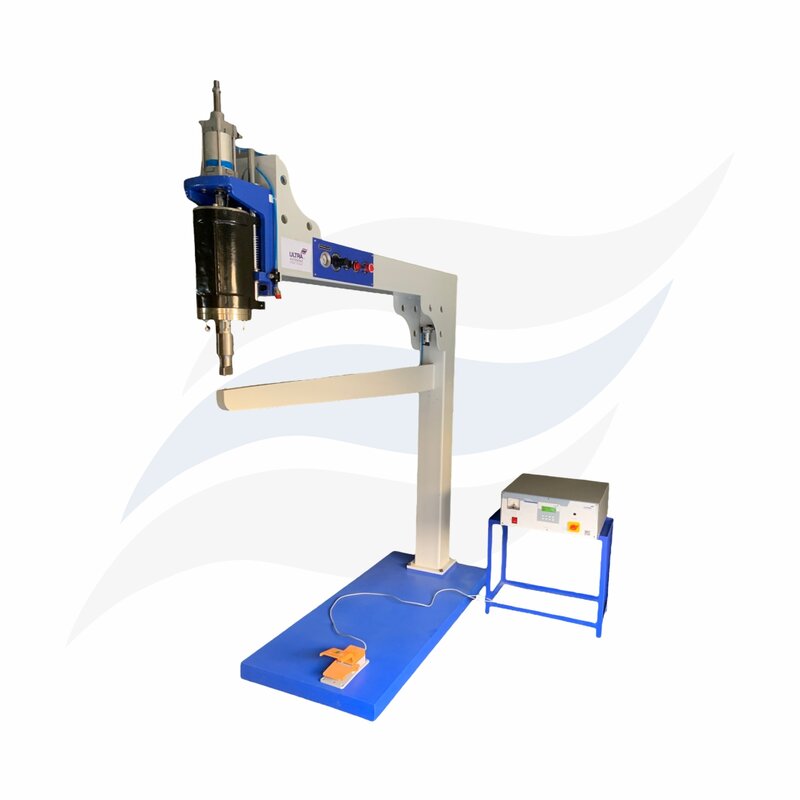
Ultrasonic welding is commonly used for sealing and joining polypropylene boxes used for packaging medical and pharmaceutical products. PP boxes are used to store medicines, medical devices, and other sensitive items, and ultrasonic welding provides a strong and reliable seal, ensuring the contents are protected from contamination and tampering.
In the medical industry, ultrasonic PP welding is employed in the production of sterile barrier systems, such as medical pouches and bags. These sterile barrier systems are crucial for maintaining the sterility of medical instruments, implants, and other devices. Ultrasonic welding ensures an airtight and leak-proof seal, preventing the ingress of microorganisms and ensuring the integrity of the sterile environment.
Ultrasonic welding is used in the manufacturing of drug delivery systems, such as inhalers, insulin pens, and transdermal patches. These systems often involve the assembly of various plastic components, and ultrasonic welding provides a quick and efficient method for joining them together. It allows for precise and controlled bonding, ensuring the integrity and functionality of the drug delivery devices.
Ultrasonic PP welding is also utilized in the production of laboratory equipment used in the medical and pharmaceutical fields. For example, plastic containers, trays, and racks used for storing and handling laboratory samples or chemicals can be securely assembled using ultrasonic welding. This helps maintain a sterile and contamination-free environment in the laboratory.
Ultrasonic welding plays a role in the manufacturing of diagnostic devices, such as test kits, microfluidic devices, and medical sensors. These devices often consist of multiple plastic components that need to be sealed and bonded together. Ultrasonic welding offers a clean and precise method for joining these parts, ensuring a reliable and durable connection.
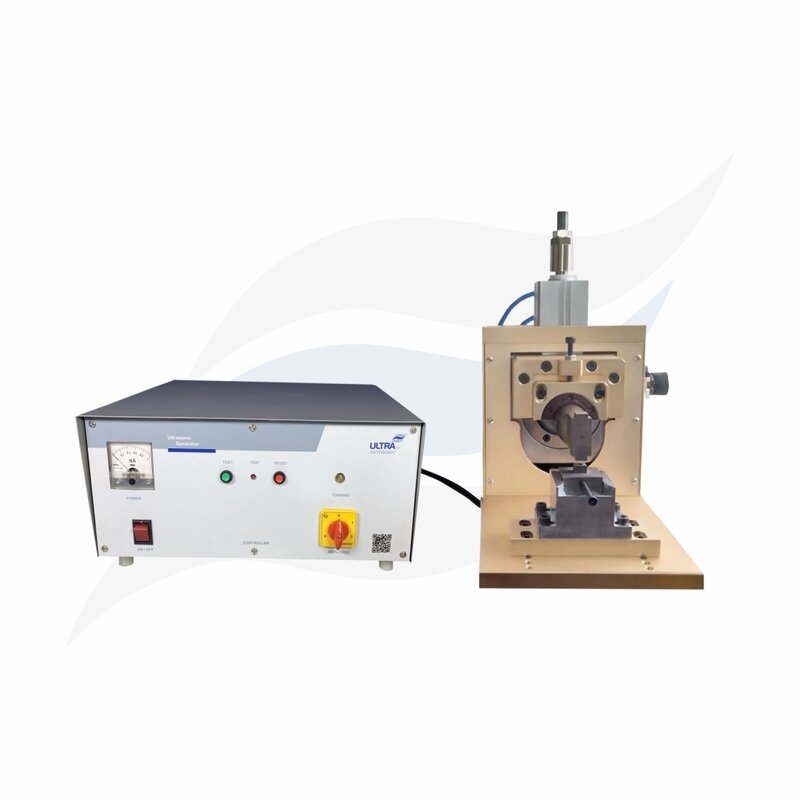
Ultrasonic metal welding is commonly used in the assembly of medical devices, particularly those made of metal components. It allows for the bonding of dissimilar metals or the welding of delicate and small parts without the need for additional materials like adhesives or soldering agents.
Catheters often consist of metal components, such as tips or connectors. Ultrasonic metal welding enables the secure joining of these parts, ensuring a leak-tight and reliable connection. The process can be performed with precision and repeatability, crucial for medical applications.
In the manufacturing of implantable medical devices like pacemakers, cochlear implants, and artificial joints, ultrasonic metal welding is employed to bond various metallic components together. This ensures the devices are robust, biocompatible, and have minimal risk of failure.
Many surgical instruments are made of metal and require precise assembly. Ultrasonic metal welding allows for quick and efficient joining of parts, ensuring the instruments meet the strict hygiene and safety standards of the medical industry.
Biopsy tools often have metal components that need to be securely joined to withstand the rigors of medical procedures. Ultrasonic welding ensures the parts are connected tightly, reducing the risk of any complications during biopsy procedures.
In medical device and equipment packaging, ultrasonic welding is utilized to create sterile and secure seals. This ensures that the contents remain sterile and protected until they reach the end-user, whether it's a hospital, clinic, or patient.
Many medical diagnostic devices, such as ultrasound transducers and ECG electrodes, consist of metal components. Ultrasonic metal welding is used in their production to create robust and reliable connections, improving the longevity and performance of the equipment.
Dental instruments, such as probes and dental handpieces, often involve metal parts that require precise and strong bonding. Ultrasonic welding offers an ideal solution for their assembly, contributing to the overall durability and quality of dental tools.
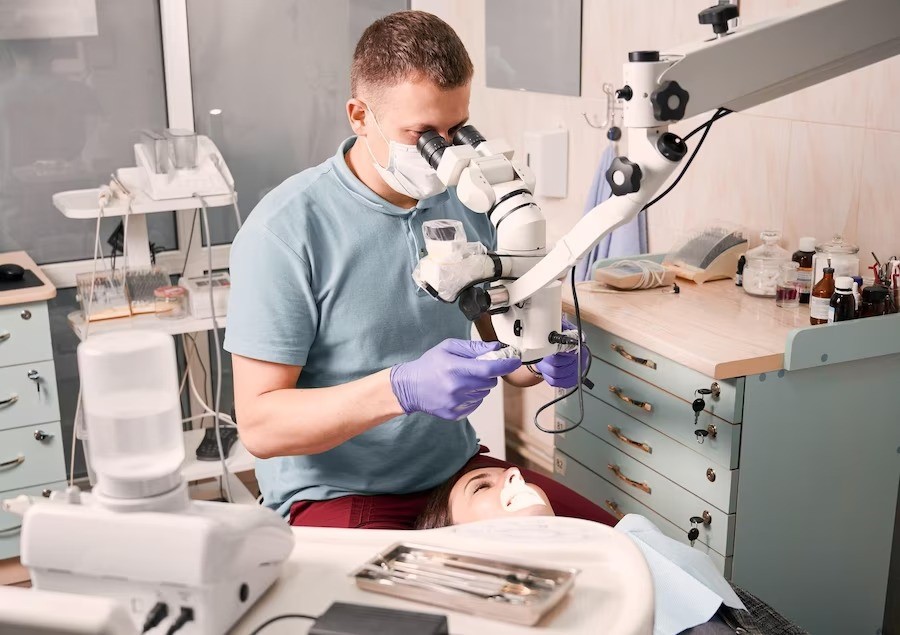
Dental Instrument Assembly
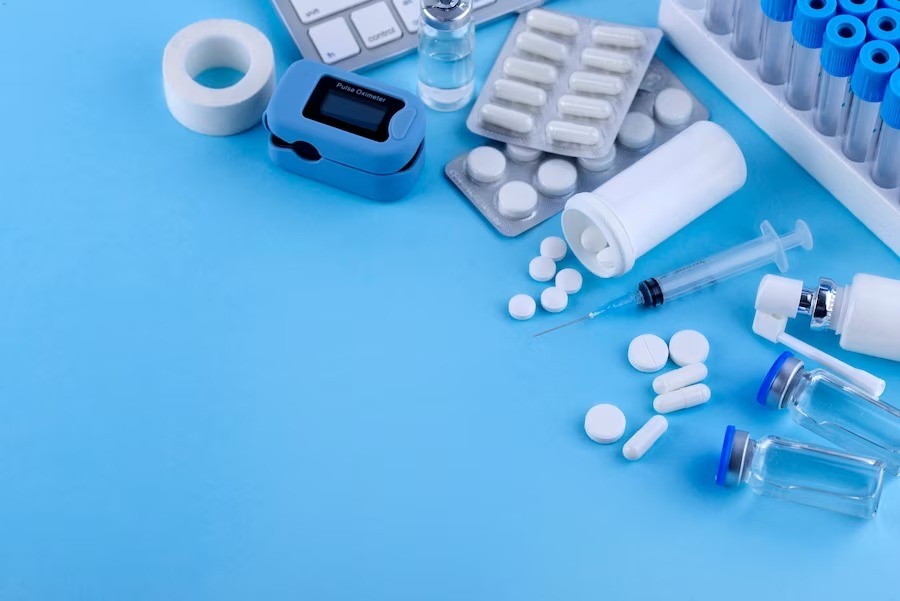
Drug Delivery Systems
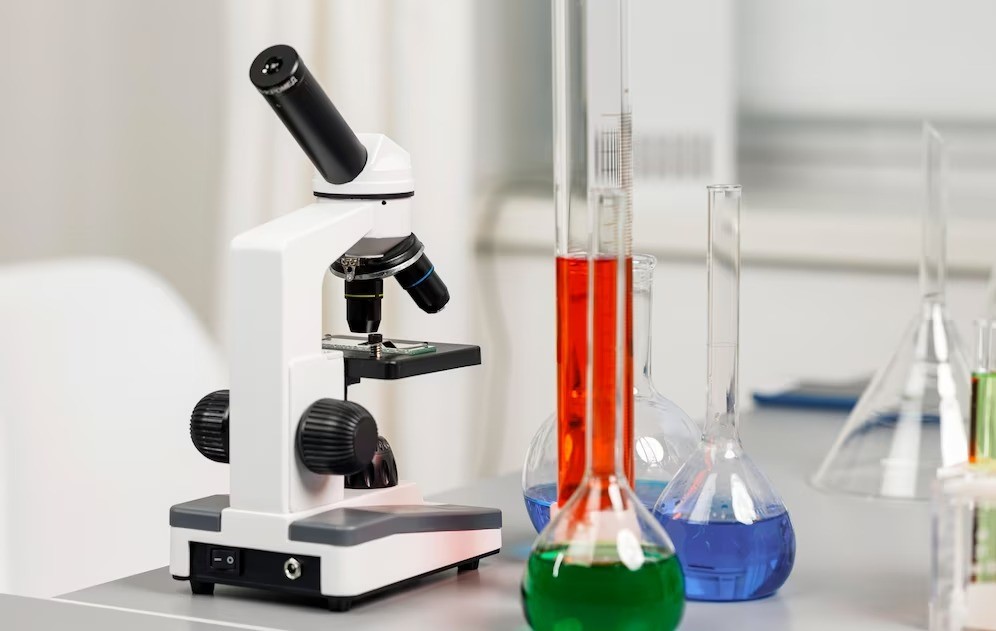
Laboratory Equipment
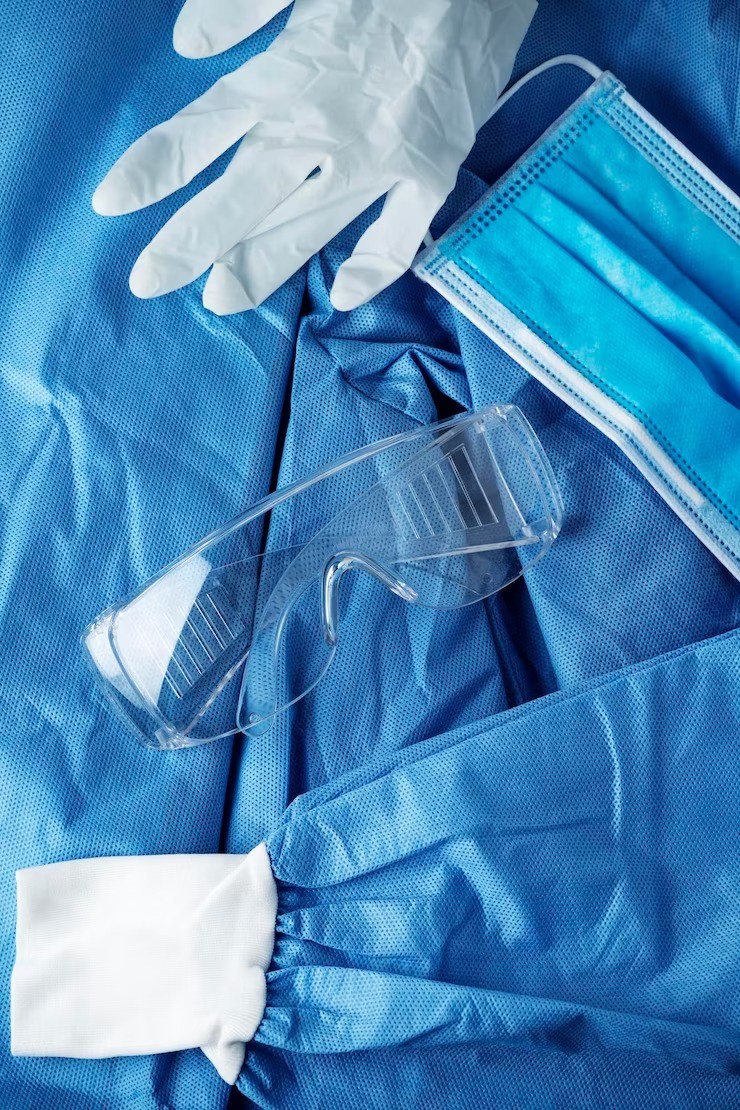
Surgical Gowns and Drapes